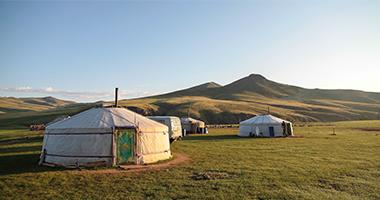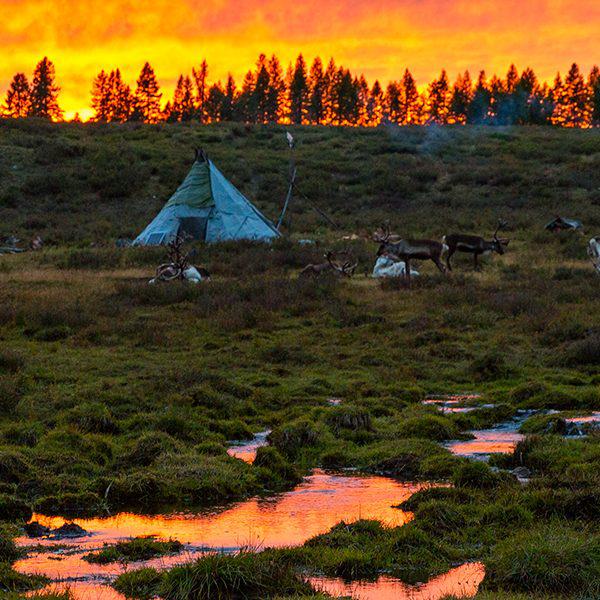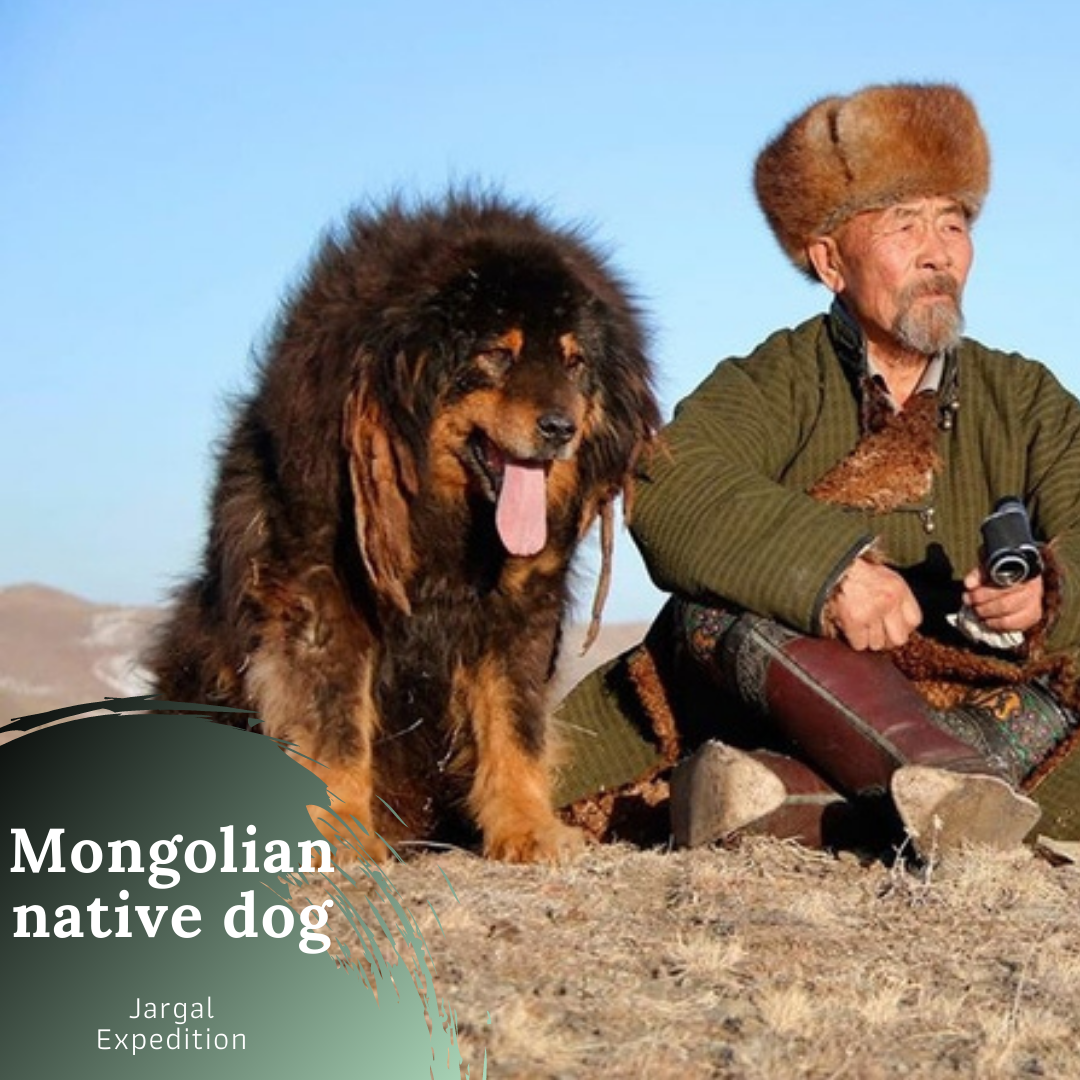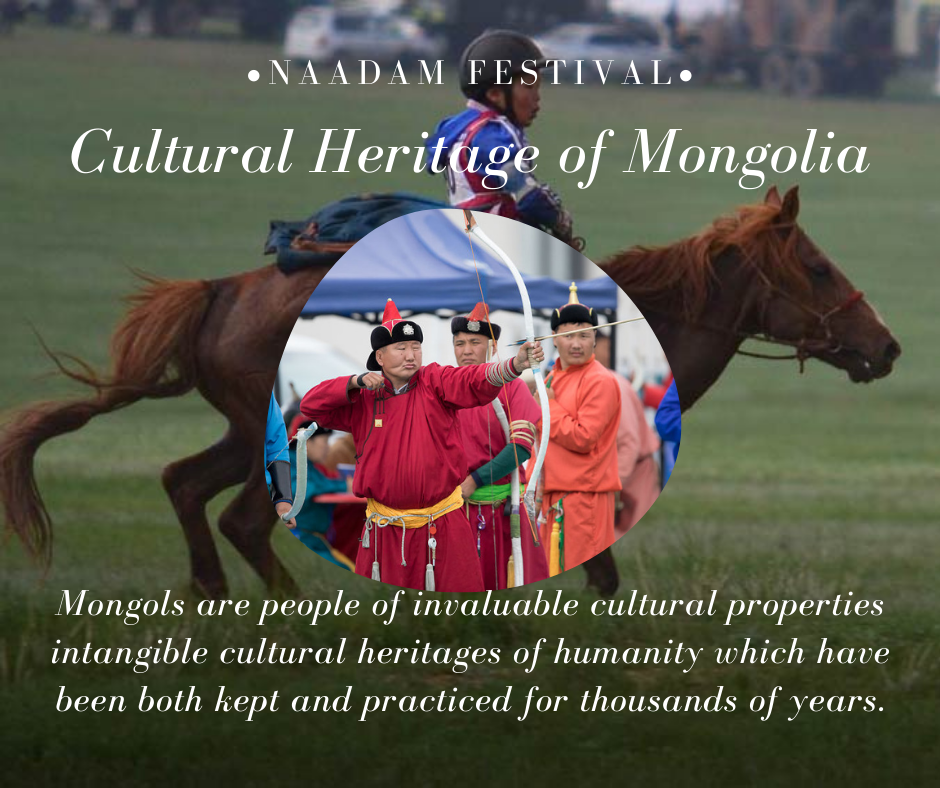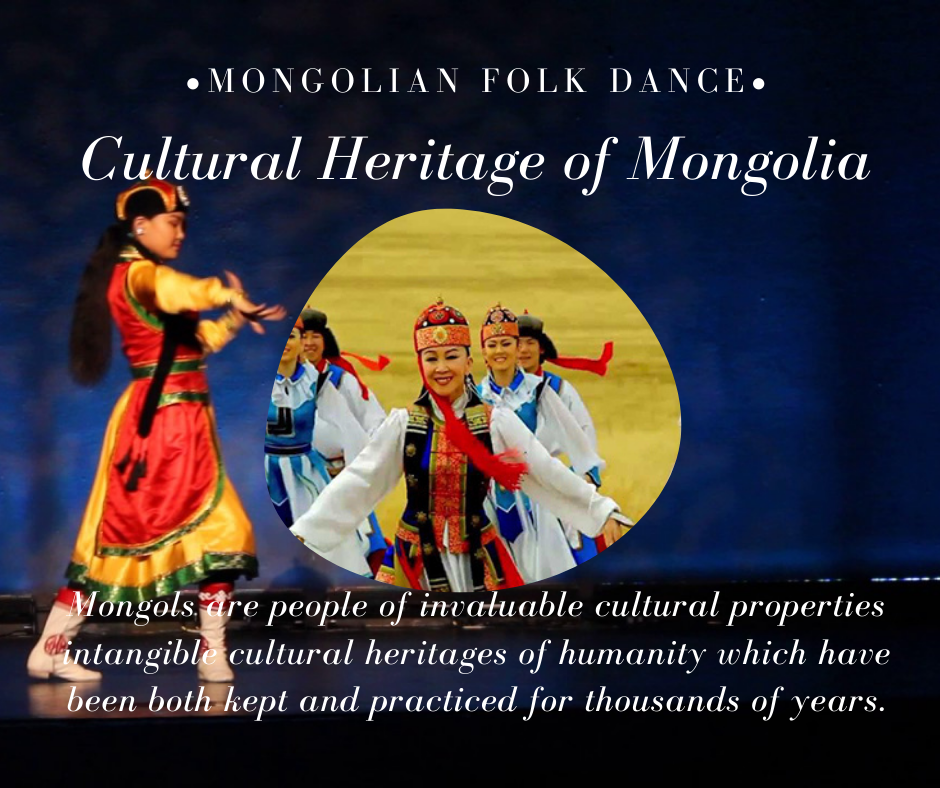ABOUT MONGOLIAN GOBI DESERT
ABOUT MONGOLIAN GOBI DESERT
Discover the Mongolia.
The Gobi Desert, one of the world’s great deserts, covers much of the southern part of Mongolia. Unlike the Sahara, there are few sand dunes in the Gobi; rather you’ll find large barren expanses of gravel plains and rocky outcrops. The climate here is extreme. Temperatures reach +40° C. in summer and -40 in winter. Precipitation averages less than 100 mm per year, while some areas only get rain once every two or three years. Strong winds up to 140 km/h make travel dangerous in spring and fall. Great Gobi National Park is one of the largest World Biospheres, with an area larger than Switzerland. It contains the last remaining wild Bactrian (two-humped) camels, wild ass, and a small population of Gobi bears, the only desert-inhabiting bear.
145 - 65 million years ago when dinosaurs ruled the earth, the Gobi was sand stone area, covered in savannah. There were also forests, lakes, sea and marshes. A sparsely populated Mongolia keep the Gobi Desert untamed, wild and secret.
The Himalaya mountain range blocks rain clouds from reaching the Gobi. The average rainfall is 17.8 cm (7 inches) per year. Because of low precipitation Gobi preserved well million years – natural history and dinosaur’s fossil. The significant thing of Gobi is its diverse landscapes and hospitality of locals. You will see stony plains, badlands, rocky outcrops, saxual forest, glacier, salt lakes and even 2846-meter-high mountains. But sand dunes only make up three percent of the region. Mongolian Gobi is special with its significant vegetation, lush mixture of valleys, meadows and classic desert steppe.
JARGAL EXPEDITION.
LAND OF NOMADS.

Contact us
recommended tour
We are a small but very active tour operator company responsible for adventure holidays and horse riding engagements
